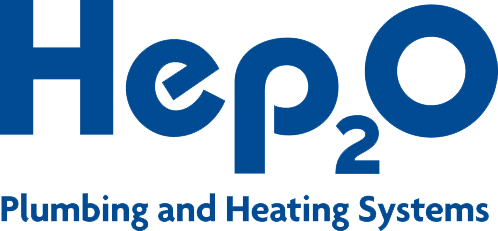Back
The secret to Digital Marketing Success in 4 steps
 Digital Marketing Success: Four Proven Steps for 2025
Digital Marketing Success: Four Proven Steps for 2025
Digital marketing success in 2025 is no longer about simply having an online presence. It’s about building a strategy that connects with the right audience, matches their intent, and keeps them engaged until they become loyal customers. With almost every UK consumer now researching online before making a purchase, your brand needs to be visible, relevant, and trustworthy at every stage of the buying journey.
At Purplex, we focus on four core areas that consistently deliver results.
1. Create Quality, Intent-Focused Content
Content has to do more than fill space. In today’s market, it must meet the specific expectations of your audience the moment they land on your page. That means understanding search intent and producing articles, videos, and interactive tools that answer their questions clearly. Repurposing high-value pieces across formats, for example, turning a blog into a video or infographic, extends reach without losing quality. While AI can speed up research and drafting, human insight ensures the tone, accuracy, and originality that Google values.
2. Attract the Right Visitors to Your Website
Great content only works if the right people see it. Search engines now favour sites that combine technical performance with authority and trust. This makes SEO a long-term foundation, supported by targeted PPC for instant visibility and social media marketing to build awareness. For some businesses, LinkedIn drives high-quality leads, while others see better returns from Instagram, TikTok, or paid Facebook campaigns. Retargeting remains essential for keeping your brand visible to people who have shown interest but aren’t ready to commit.
3. Convert Leads Into Customers
Bringing visitors to your website is only the first step; turning them into customers is where the return comes in. Conversion rate optimisation in 2025 focuses on clarity, speed, and reassurance. Pages should load quickly, present clear benefits, and feature strong calls-to-action such as booking a consultation or requesting a quote. Forms must be simple to complete, and credibility can be reinforced with client reviews, case studies, and trust signals. Tailored landing pages that match specific campaigns consistently outperform generic ones.
4. Upsell and Cross-Sell to Existing Customers
Winning a customer’s first order is important, but the real value comes from retaining them. A well-planned retention strategy might include personalised email campaigns based on past purchases, exclusive offers, and regular updates on new products or services. Educational content, such as guides or how-to videos, keeps your business front of mind and positions you as a trusted resource. Remarketing to existing customers can also be highly effective, as they already recognise and trust your brand.
In 2025, Google’s algorithms reward brands that align their content precisely with user intent, demonstrate expertise and trustworthiness, and create a satisfying on-site experience. At Purplex, we combine all four steps into integrated campaigns designed to deliver measurable results.
Finished reading? Now it’s time to put these digital marketing success strategies into action. Call us on 01934 808132, email us at grow@purplexmarketing.com, or send us a quick message via our online enquiry form. You can also request your Free Website Audit, no obligation, just real insight into how your website can attract more customers, build your brand, and deliver measurable results.
You Might Like to Read
Here are some articles that might be of interest to you:
-
The Secret to Digital Marketing Success in 4 Steps
Discover the four core steps that will drive your digital marketing success in 2025 and beyond. -
Navigating Business Marketing Challenges: Strategies for Construction and Home Improvement Companies
Get actionable insights on how to overcome marketing challenges and boost business growth in the construction and home improvement sectors. -
How Web Technology Has Transformed in the Last Two Years
Learn about the latest changes in web technology and how they can impact your business marketing strategies. -
Is Direct Mail Dead or Still the Lifeblood of Lead Generation?
Explore whether direct mail is still a viable option for lead generation in the digital age.
This entry was posted in Digital Marketing





